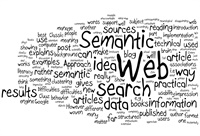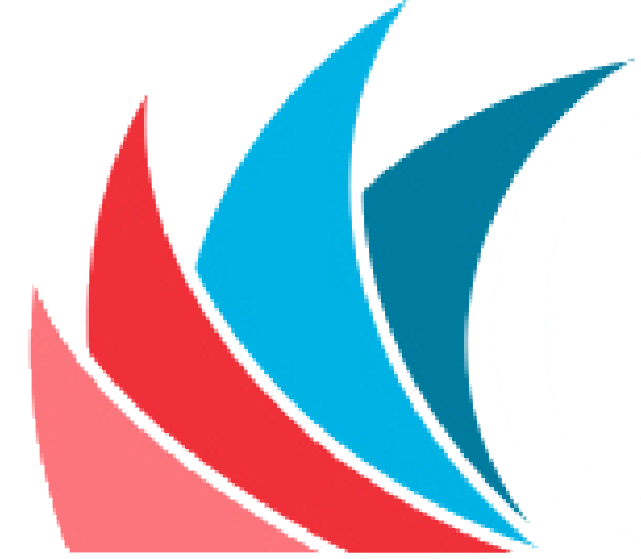
- Faculty:
- Daniel J. Siegel, Esq.
- Duration:
- 1 Hour 1 Minutes
- Format:
- Audio and Video
- Short Description:
- This program will highlight the newest features of Adobe Acrobat Pro while also demonstrating some of the features that make it a must-have for every law firm.

- Faculty:
- Carole Levitt | Mark Rosch
- Duration:
- 1:00
- Short Description:
- As early as 1996, many state bar associations began issuing formal (or advisory) ethics opinions on the ethical uses of Internet technology. Many of those opinions relating to Web sites and online communications apply the advertising rules that already exist for print advertising. In the late Summer of 2010, the American Bar Association issued its Formal Opinion 10-457 discussing ethical concerns

- Faculty:
- Jennifer Ellis, Esq.
- Duration:
- 00:52
- Format:
- Audio and Video
- Short Description:
- The Coronavirus pandemic has forced many attorneys to work from home. While some may have been prepared for the shift to working remotely fulltime, others are considering the notion of working outside of their traditional office space for the first time. In this free program, attorney Jennifer Ellis reviews some of the basic office functions attorneys need to replicate...

- Faculty:
- Jeffrey R. Schoenberger, Esq.
- Duration:
- 1 Hour 4 Minutes
- Format:
- Audio and Video
- Short Description:
- Legal technology is a double-edged sword; it can cause malpractice, or it can guard against it! Most of the top causes for malpractice and grievance issues are related to organization, communication, and law office management. As such, they are largely preventable. How do you properly communicate confidential information with clients? How do you properly negotiate documents with opposing counsel?

- Faculty:
- Lawrence Eichen, Esq.
- Duration:
- 1:02
- Format:
- Audio and Video
- Short Description:
- Imposter Syndrome is a phenomenon whereby individuals doubt their skills, talents, or qualifications.

- Faculty:
- Daniel J. Siegel, Esq.
- Duration:
- 1 Hour
- Format:
- Audio and Video
- Short Description:
- Smartphones are in reality powerful computers that store massive amounts of data, potentially including information that lawyers are required to keep confidential under the Rules of Professional Conduct, such as client names, dates of birth, Social Security numbers, and other information. This program will discuss the data stored by smartphones, and the dangers created by apps that can access ...

- Faculty:
- Roy Ginsburg
- Duration:
- 1:00
- Short Description:
- Everyone knows that, much like diet and exercise, networking is good for you and that, similarly, there are lots of excuses for avoiding it. When coaching lawyers or conducting CLEs on business development, the author hears a lot of resistance to incorporating networking as a means of building a book of business. Here are the most common excuses: I don't have the time.

- Faculty:
- Carol Schiro Greenwald, PhD
- Duration:
- 59 Minutes
- Format:
- Audio and Video
- Short Description:
- Videoconferencing is supposed to be the pandemic equivalent to in-person meetings, from meeting with a client to appearing before a judge. It is equivalent, in the sense that you can still meet or network “in-person,” but the person is encapsulated in a tiny square. It isn’t equivalent when you realize that most participants are sitting at home in the corner of their ...

- Faculty:
- Roy Ginsburg
- Duration:
- 0:59
- Format:
- Audio and Video
- Short Description:
- The practice of law is based on relationships – with clients, potential clients and referral sources. Personal networking is the best way to create and sustain those relationships. Unfortunately, many lawyers will do anything to avoid networking. The key to successful networking is to find the networking method that matches your personality – the one that makes you feel the most...

- Faculty:
- Roy Ginsburg
- Duration:
- 1:02
- Format:
- Audio and Video
- Short Description:
- Many lawyers forget that law is a service profession. Studies show that the most frequent reason for losing clients is poor service. And retaining clients in a volatile economy is crucial to your practice. So how do you make sure you’re providing the best service?

- Faculty:
- Daniel J. Siegel, Esq.
- Duration:
- 1 Hour 1 Minutes
- Format:
- Audio and Video
- Short Description:
- Ever since law firms began using computers, there have been concerns about whether attorneys must or should use special security measures, like encryption, to protect confidential and sensitive information. Changes in ethical and procedural rules, including requirements that lawyers must (1) be technologically competent and (2) redact court filings, highlight the need for lawyers to be proactive w

- Faculty:
- Roy Ginsburg
- Duration:
- 1:00
- Short Description:
- If you ask most attorneys whether their clients are satisfied, the vast majority would, of course, say "yes." If you then ask them "what makes you so sure?" the responses would typically range from "They don’t complain" and "They’re nice to me" to "They pay their bills" or "They continue to do business with us." A closer exami

- Faculty:
- Cynthia Sharp, Esq.
- Duration:
- 1 Hour 2 Minutes
- Format:
- Audio and Video
- Short Description:
- Would you like to increase your client base but don’t know where to begin? Do you want to actively market your practice on a restricted budget – but don’t want to run afoul of the Ethics Rules? If so, you won’t want to miss Cynthia Sharp’s energetic and informative presentation. Attendees will be provided with tools and motivation to create and implement an individual

- Faculty:
- Danielle DavisRoe
- Duration:
- 1 Hour
- Format:
- Audio and Video
- Short Description:
- Stop using your inbox as a task list. Ditch the carefully arranged stacks of files and paper lists. Learn how to create a digital task list that you can access from anywhere. See real world examples of how lawyers stay organized and focus on each day’s priorities in action in popular task list applications such as Microsoft To Do, Microsoft Planner, and Trello.
Please wait ...

